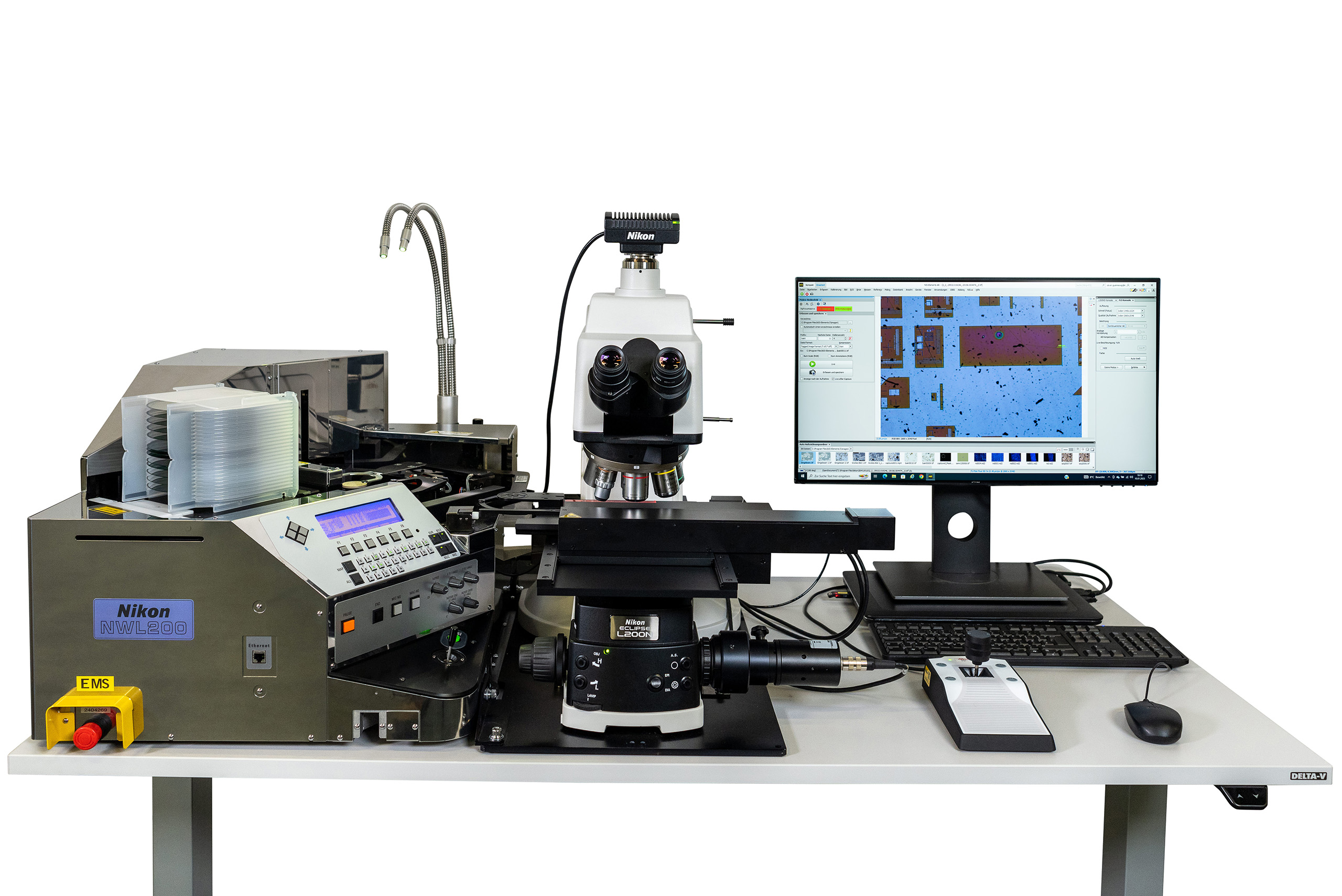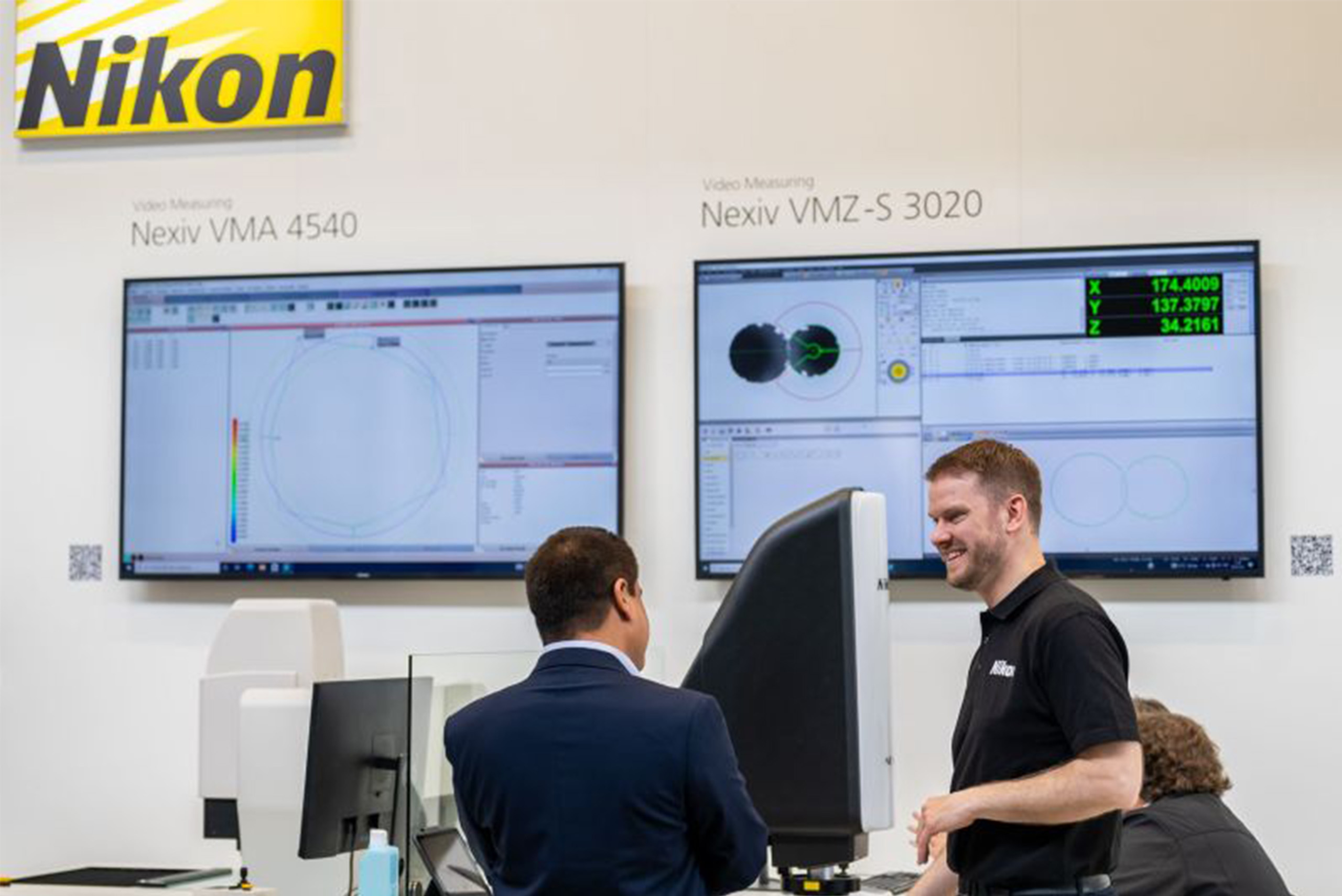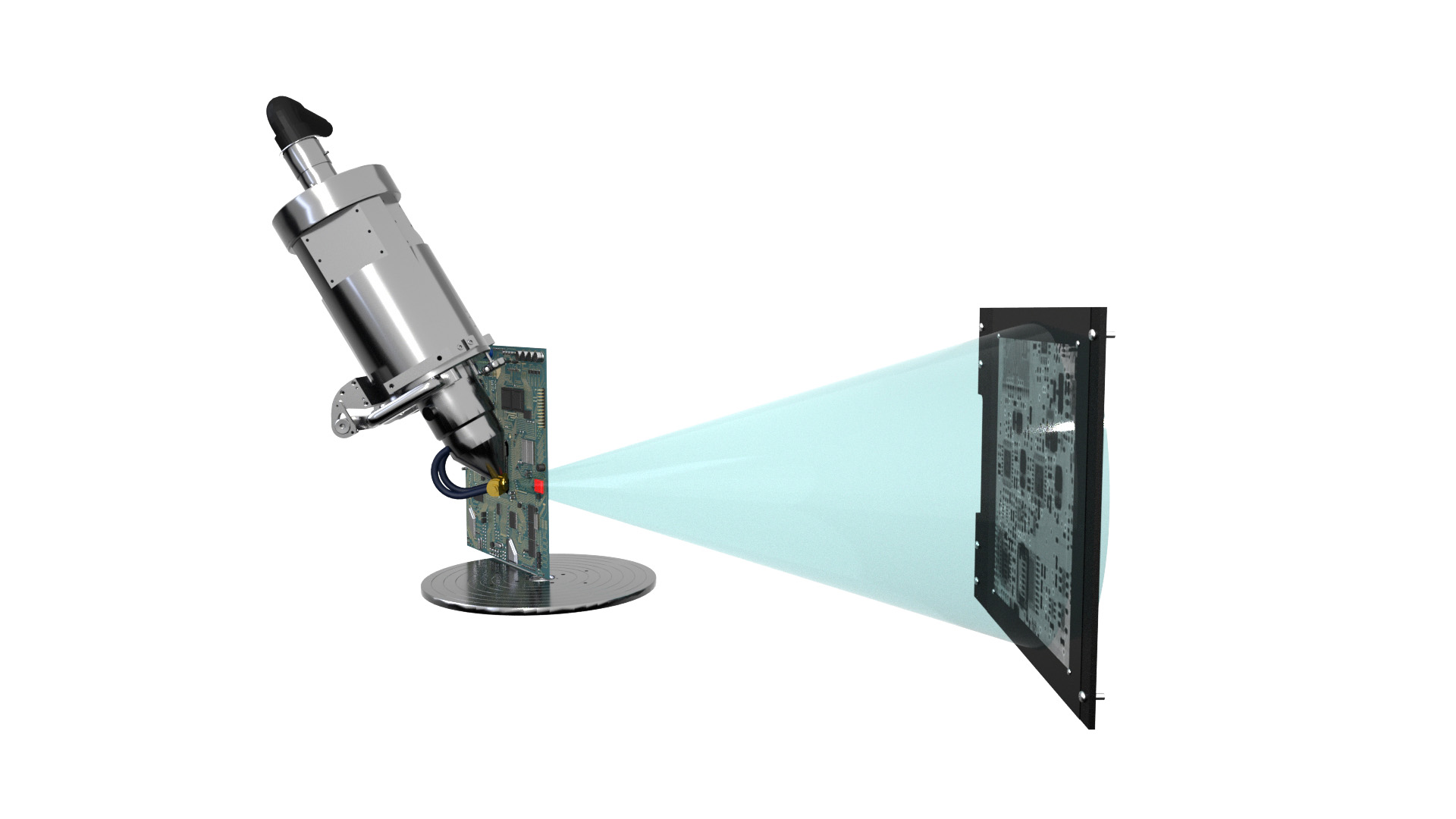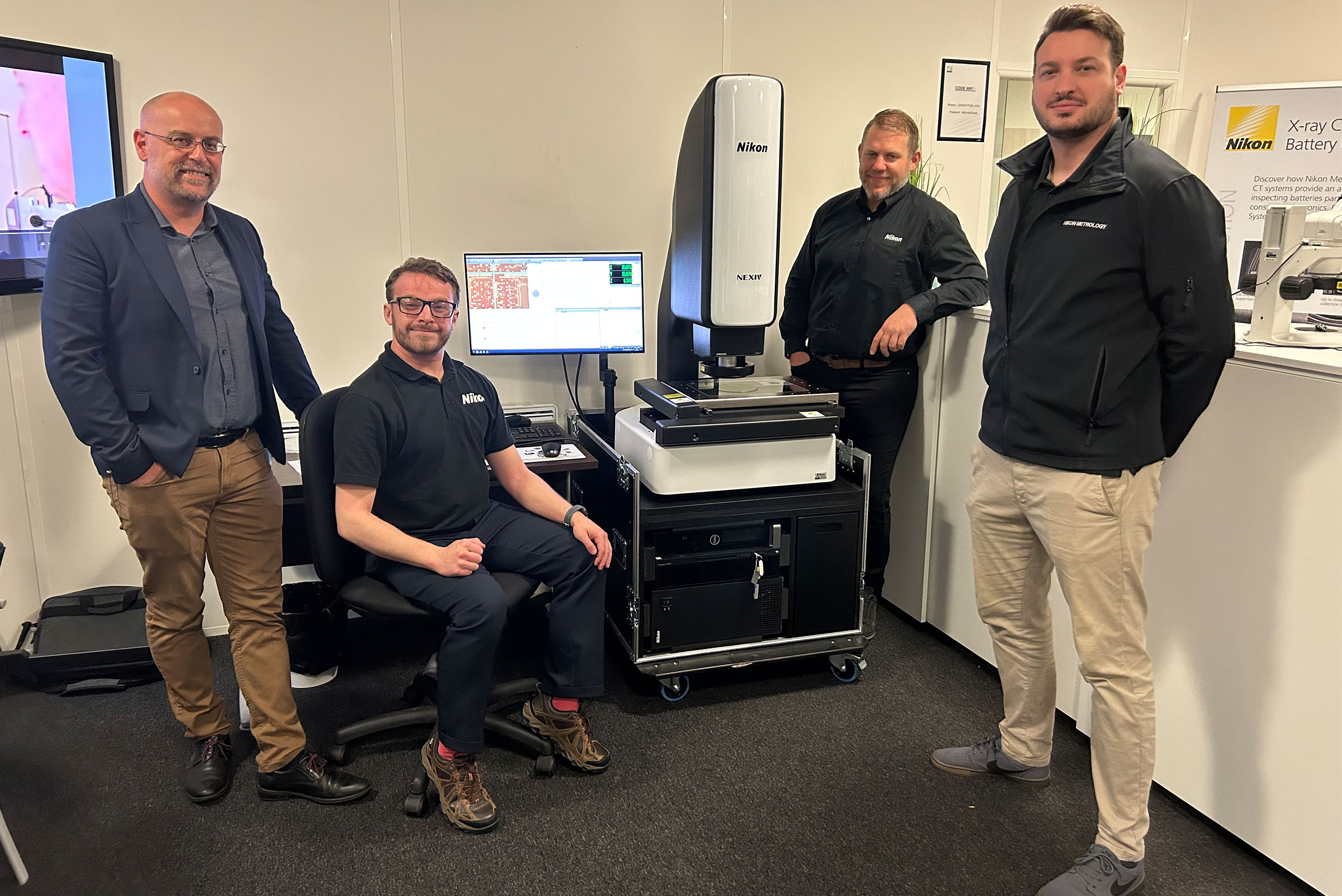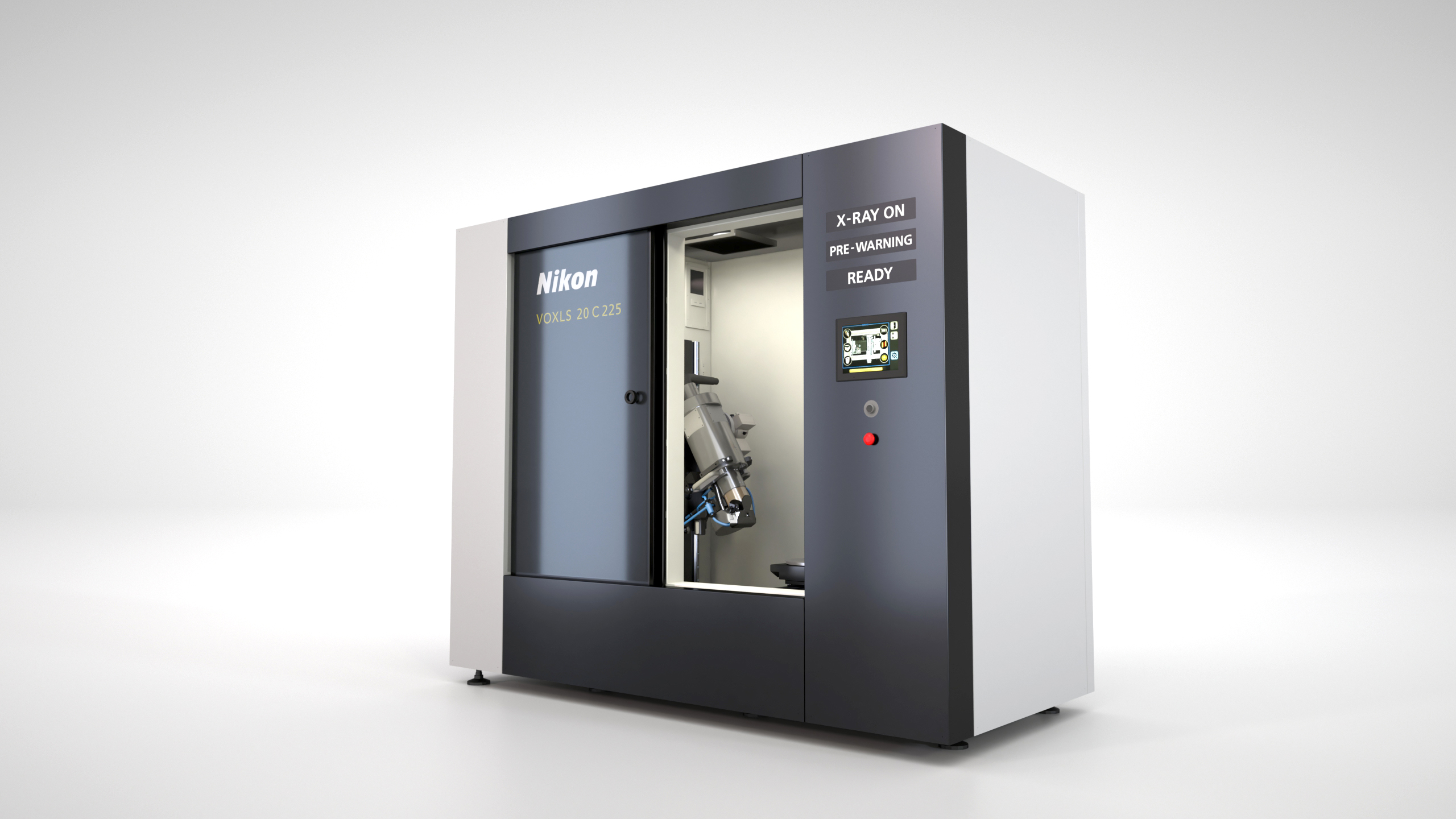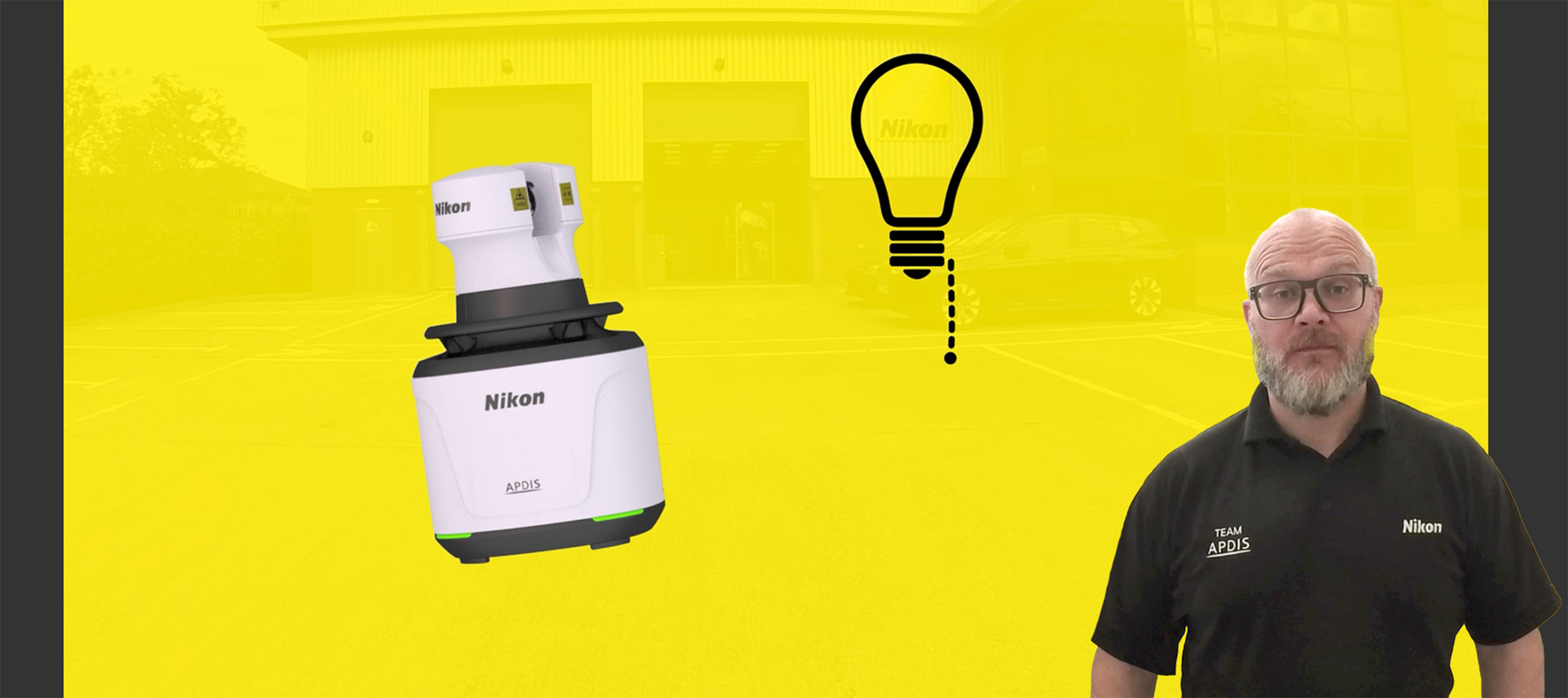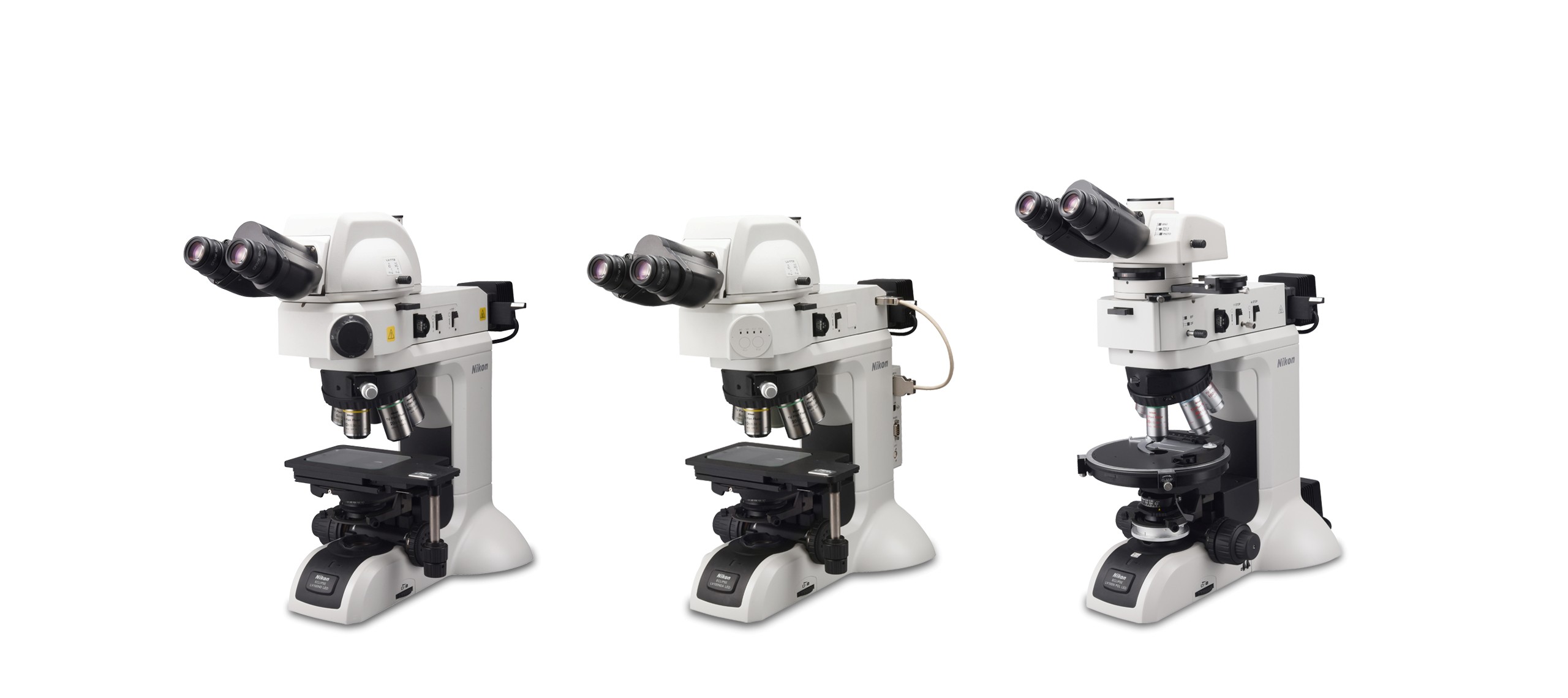As the winter chill sets in, do we detect the aroma of almonds in the air?
We do indeed, and that is why we will turn our attention to a beloved French tradition: the Galette des Rois. This delectable pastry, adorned with a golden crown, has been a symbol of celebration and merriment for centuries.
This month, Nikon’s Nicolas Savaete, Application Engineer X-ray CT, has scanned a Galette des Rois in order to bring you an exclusive look into the heart of this culinary delight, and showcasing the non-destructive inspection capabilities of our advanced X-ray CT systems.
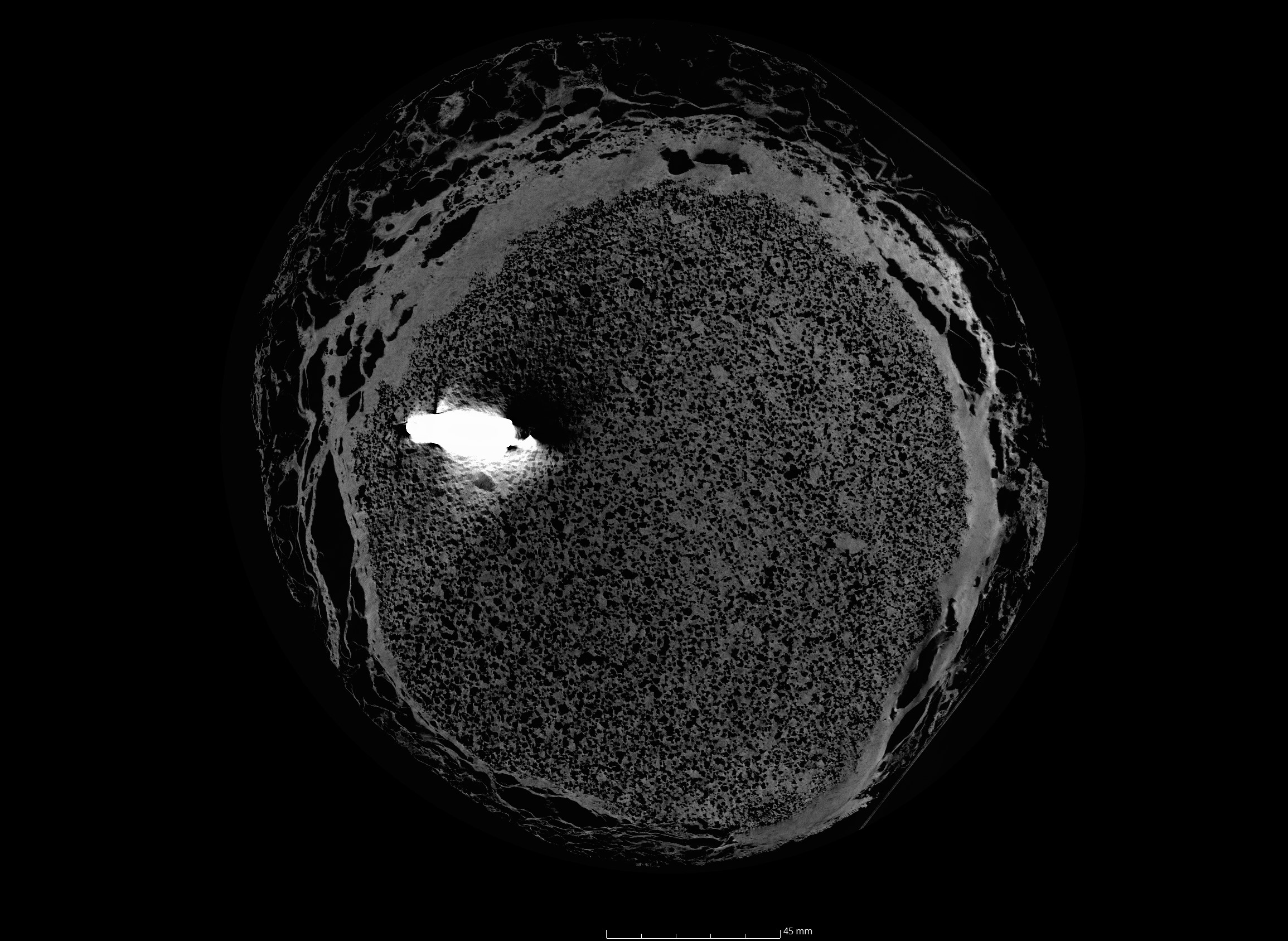
The Galette’s royal history
The Galette des Rois, or “King Cake,” traces its origins back to medieval France. Historically, the galette was associated with the Feast of the Epiphany, commemorating the visit of the Three Wise Men to the baby Jesus.
Originally it was a simple round cake which has evolved into a puff pastry filled with frangipane (almond cream).
Central to the delightful tradition of the Galette des Rois is the hidden treasure: the fève. The term “fève” translates to “bean,” because traditionally a small bean was placed within the cake.
Over time, this bean has been transformed into a variety of trinkets, including miniature figurines and charms. The person who discovers the fève in his slice is crowned the king or queen of the day and often gets to choose a royal companion.
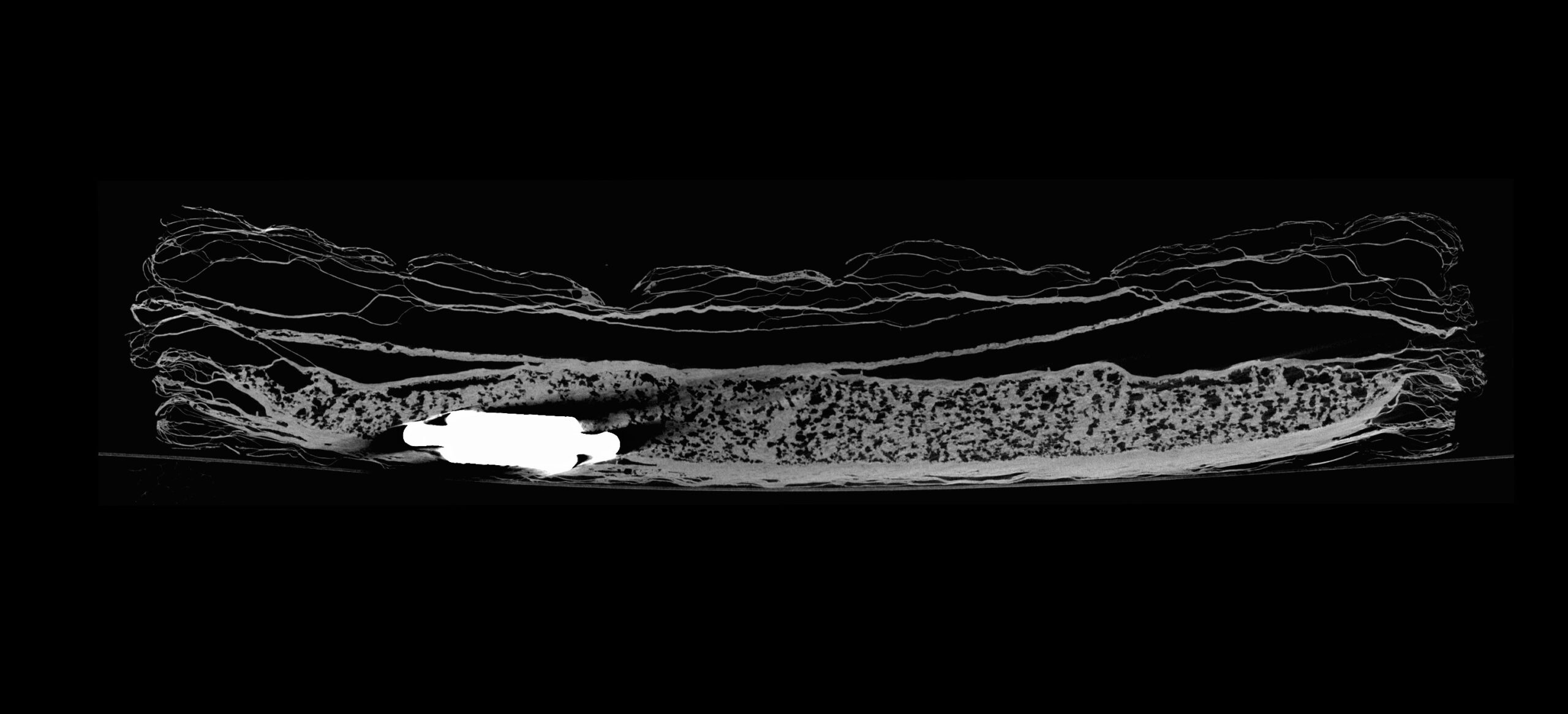
Unveiling the Galette des rois with X-ray CT
The first scan was performed at 81 µm Voxel resolution using our cutting-edge XT H 225 ST 2x system. The high-resolution scans reveal the carefully crafted layers of flaky pastry and the almond filling.
This system comes equipped with up to three different Nikon microfocus X-ray sources: a 180 kV, 20 W transmission target, a 225 kV, 225 W reflection target and a 225 kV, 450 W Rotating.Target 2.0 (where a reflection target with 170 kV and 81 W were used for this scan).
The detector acquired 4476 projections (2 frames per projection) at an exposure time of 67 ms, resulting in a total scan time of 10 minutes.
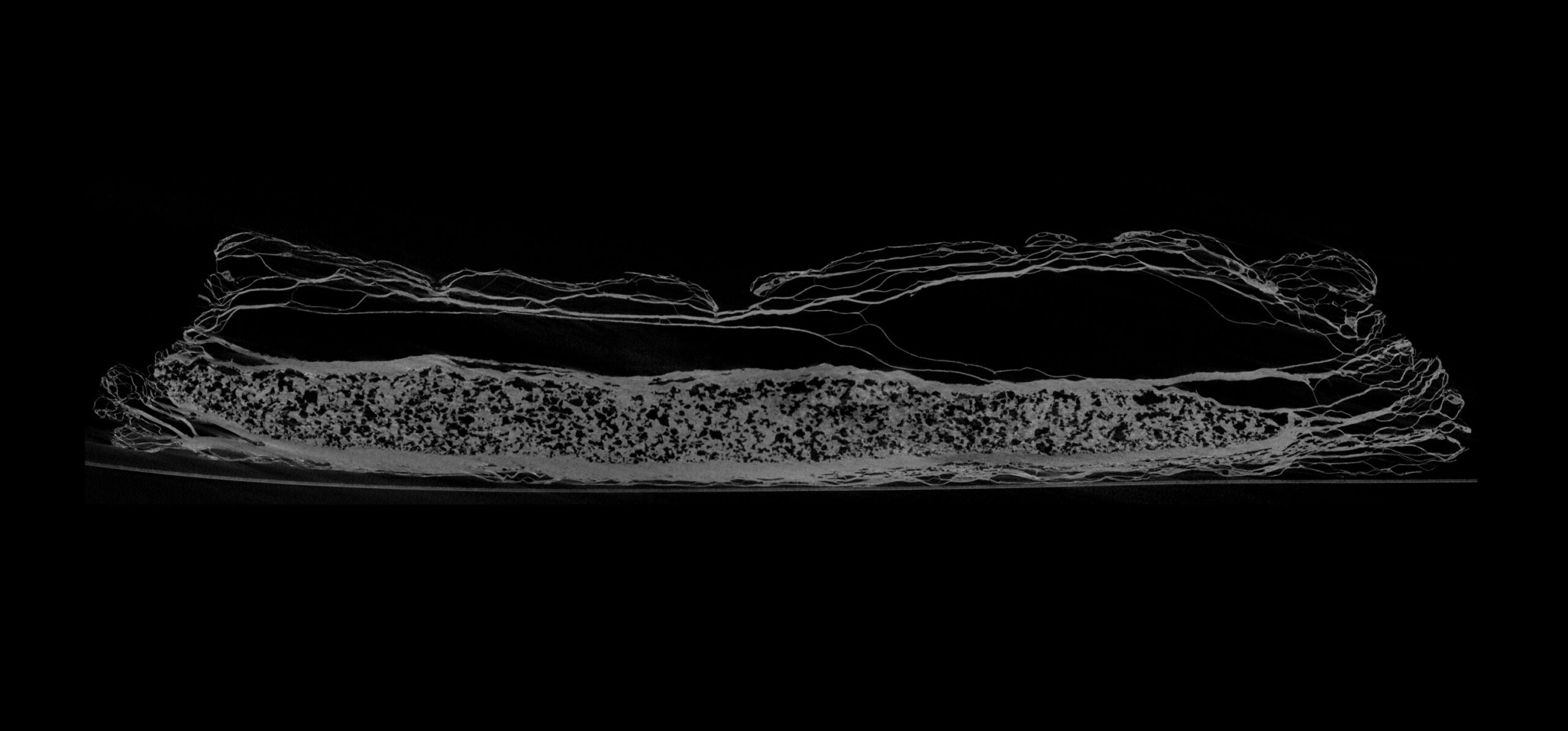
Scans 2 and 3 were also performed using an XT H 225 ST 2x at 54 µm Voxel resolution, and the reflection target with 170 kV and 50 W was used. The detector acquired more than 7400 projections (2 frames per projection) at an exposure time of 89 ms, resulting in a total scan time of 22 minutes.
Nikon’s X-ray CT systems offer multiple acquisition techniques, and the acquisition technique used for the second and third scans was Offset.CT. This allows the user to position the galette much closer to the X-ray source, resulting in higher magnification and therefore significantly increasing the voxel resolution.
These high-resolution images allow us to see not only the outer layers but also the intricate details of the fève hidden within the pastry, without compromising the integrity of the cake.
So, bon appetit and contact us today if you’d like to know more about Nikon’s X-ray CT systems.

